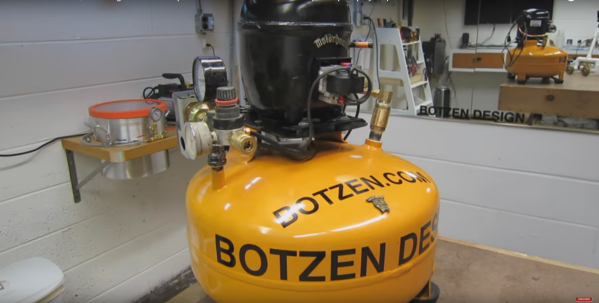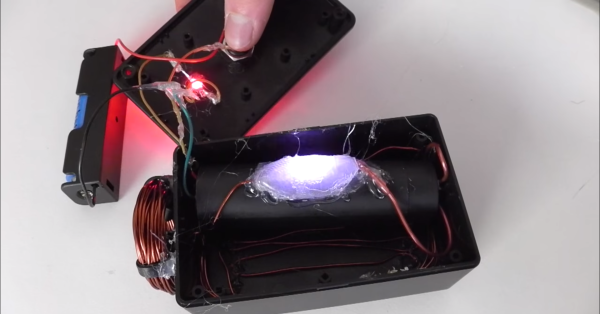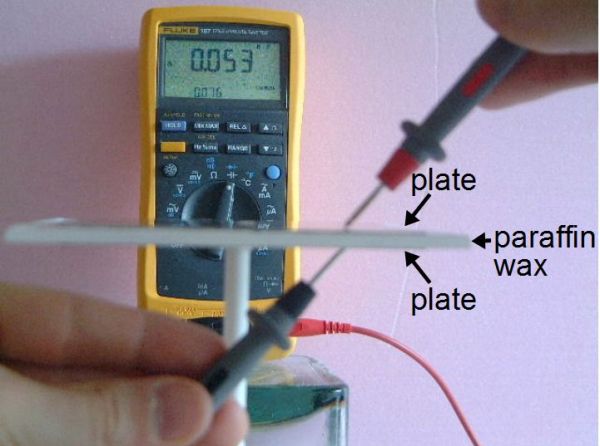The theme of the last Hackaday Prize challenge was Assistive Technologies, and there is perhaps no assistive technology as desperately needed as a device to help people who can’t use common input devices. Using a keyboard, mouse, or touchscreen can be hard, but this Hackaday Prize project turns all these problems into a simple Bluetooth-enabled switch.
The BOSI – the Bluetooth Open Source Switch Interface – is, at its heart, just a big Bluetooth button inside a 3D-printed enclosure designed in Solidworks. These enclosures house a button connected to an Adafruit Bluefruit EZ-Key. Add a battery and a charging circuit, and you have a button that can be pressed by anyone, that connects to any device, and can do anything.
The real trick to a system like this is the software stack, and for this, BOSI can be used with iOS and OS X using the Switch Control interface. Android works, too, and the entire device is exceptionally usable for anyone that can’t use a normal input device. A great entry for the Hackaday Prize.






















